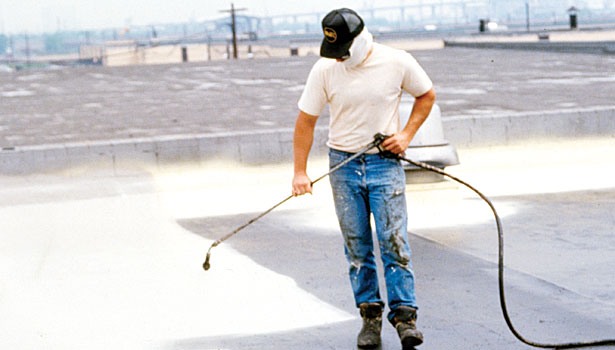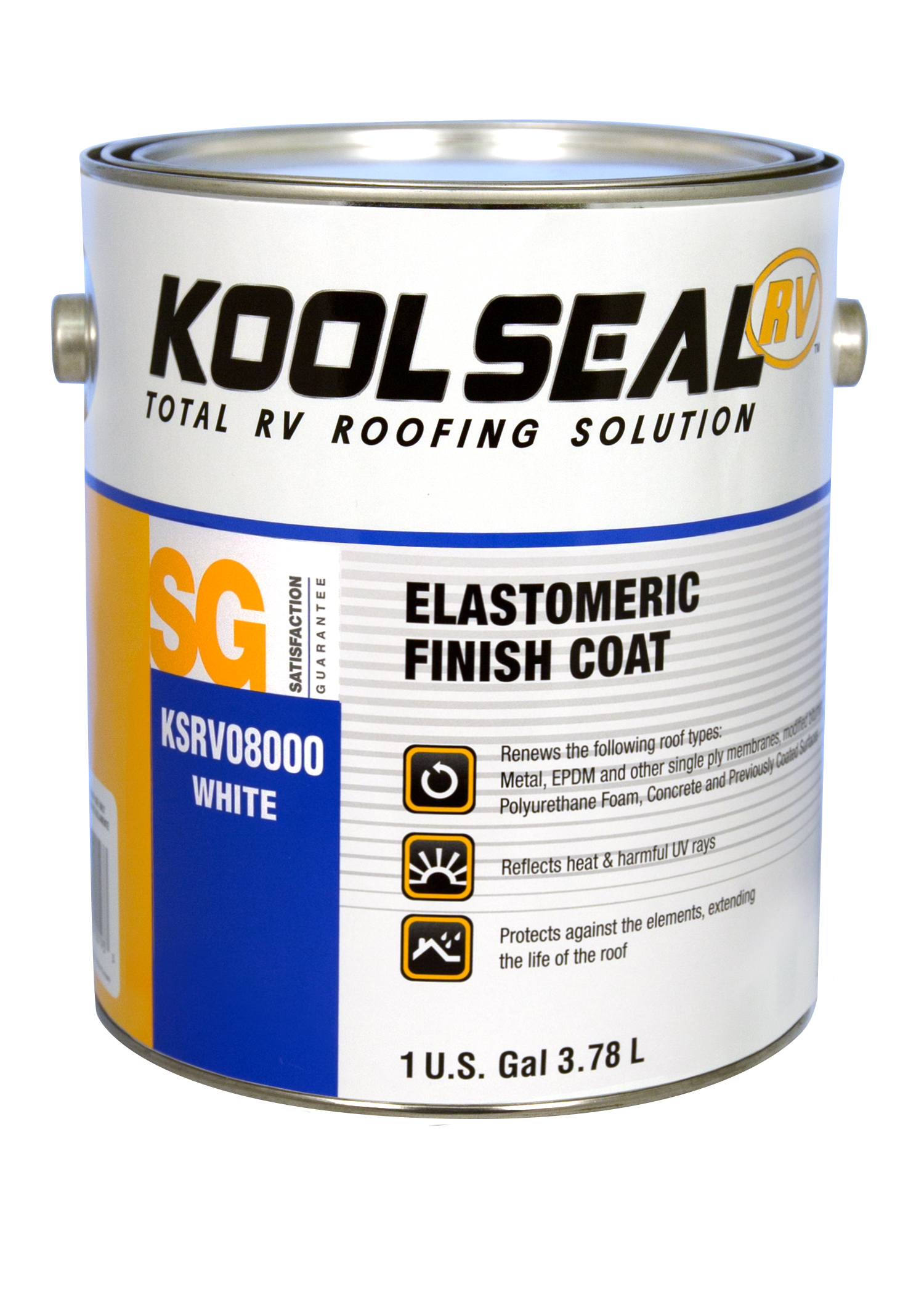A polyester fabric is used because it will extend with the coverings. (Fiberglas material is not suggested.) Fabric is normally cut to extend 3 inches beyond the repaired area in all instructions. The covering is used to the roofing surface area and the fabric is right away pushed into the wet surface.
 Consider An Elastomeric Roof Coating
Consider An Elastomeric Roof Coating
If your roof has stucco parapets, examine them for fractures along the sides and top. These areas typically permit water to enter the wall and can trigger blisters and wrinkles in the roofing surface. Repair with Elastek 103 Crack & Joint Sealant. If you do not have parapets, examine the metal drip edge for a tight seal with the roofing membrane.
 Elastomeric Roof Coating & Waterproofing Protection
Elastomeric Roof Coating & Waterproofing Protection
 Tips For Applying Your Elastomeric Roof Coating
Tips For Applying Your Elastomeric Roof Coating
Apply coating when the roofing is dry and the sealant has actually set. You will be utilizing a 9-inch heavy-duty frame, -inch paint roller for spreading covering on roofing or 1-1/4-inch roller for dipping in pail, and a 5to-6-foot extension pole. Use a 3/4-inch roller with basecoats and emulsions. Draw up your roof and make each pail fill that location.
Visit This Site Right Here: https://www.dcroofingarizona.com/residential/roof-coating-tucson/
An inexpensive 3-inch or 4-inch brush should be used to reach areas not possible with a roller. Use a stiff paintbrush for applying 103 Fracture & Joint Sealant. Topcoat must constantly be used in an extremely thick coat, to achieve a rate of 100 sq. ft. per gallon, and a dry finishing density of 10 mils.
Coatings are used with a minimum of working the product for a maximum thickness. Work right from the pail, dipping the roller or soak roofing system and spread. Give scupper and ponding areas several additional coats for added protection. Enable each coat to dry prior to recoating. In cool weather condition, one coat a day is the optimum; two might be possible in the summertime.
Your Place: Elastomeric Roof Coatings Last Long, If Not A Lifetime
ft. per gallon, or a minimum of 20 mils dry finish. If 2 complete overcoats are not used, always apply 2 thick coats to problem areas such as scuppers, drain areas, ponding locations, joints, and fixed locations. Prevent utilizing Elastek Solar Magic or The Shield on ponding roofings. Tidy skin and tools promptly with water.
These are the wires linking the roof venting fan. I clipped them just above the blue splice joints. Roofing system vent gotten rid of and tidied up. After clipping the wire and getting rid of the vent, I tidied up any remaining goop and got my first excellent take a look at the roofing system frame. It's metal! 1 1/2 inches thick.
Some Recreational Vehicle roofs are framed with wood, others have metal framing. I had no concept what remained in my camper till this point. Not too happy about the amount of rust on it, but hopefully it is still structurally sound! I removed some rust and made a big mess inside the restroom.
Oops. Maybe I ought to have put a tarpaulin down initially. My last objective of the day was to get the refrigerator vent cover off. I observed Recreational Vehicle sealant blobs at four points on the cover so assumed there must be screws under them. I pried them up and found Phillips screw heads.
Exposing the screws in the fridge vent cap. Peeling off old RV roofing finish on top of refrigerator vent cap I also noticed that there was a coat of RV roofing finish over the vent cap. These finishings are painted on with a brush so clearly whoever did this finish simply blobbed in on top of whatever.
Special Info:
Lifting off the cover of the fridge roof vent. As soon as the cap is off it's more of the exact same. Removing more rubber and scraping off Recreational Vehicle roof sealant and old caulk. Get comfortable because this sucker has 32 screws in it! Ugh. Scraping lap sealant and caulk from screw heads.
Flat Roof Coatings
Some screws will be too rusted and need pliers to get rid of. Prying off the fridge roof vent after all screws are gotten rid of. (and the tools used.) Nearly every screw was in good sufficient condition to eliminate with a socket chauffeur, but a couple were too rusty and needed to be twisted out with vice grip pliers.
I peeled off the staying rubber roofing from under the flange and after that scraped off the old putty beneath. I'll clean it much better if and when I decide to recycle it. Appears like it's in good shape so I probably will. Scraping off the old putty from the flange of the refrigerator roofing vent.
 Roof Sealants & Coating At Ace Hardware
Roof Sealants & Coating At Ace Hardware
I scraped the framing inside the opening and found that the framing around the fridge vent is made from wood (unlike the metal frame around the roofing vent.) Then I covered it up with a scrap of wood so I wouldn't drop any scrap into the fins on the back of the refrigerator! Here's a peek inside the refrigerator vent.
 White Elastomeric Roof Coating
White Elastomeric Roof Coating
That's as far as I got on day 1 after about 5 hours of lazy work. Not a bad start. I also discovered this incredible slime mold growing in the mulch under the camper. If you've never ever seen a slime mold, examine out some time lapses of them growing! They are freaking fantastic! A slime mold under the camper! Now continue to step 2 when I eliminate the rest of the roofing fixtures!.
?.!!.